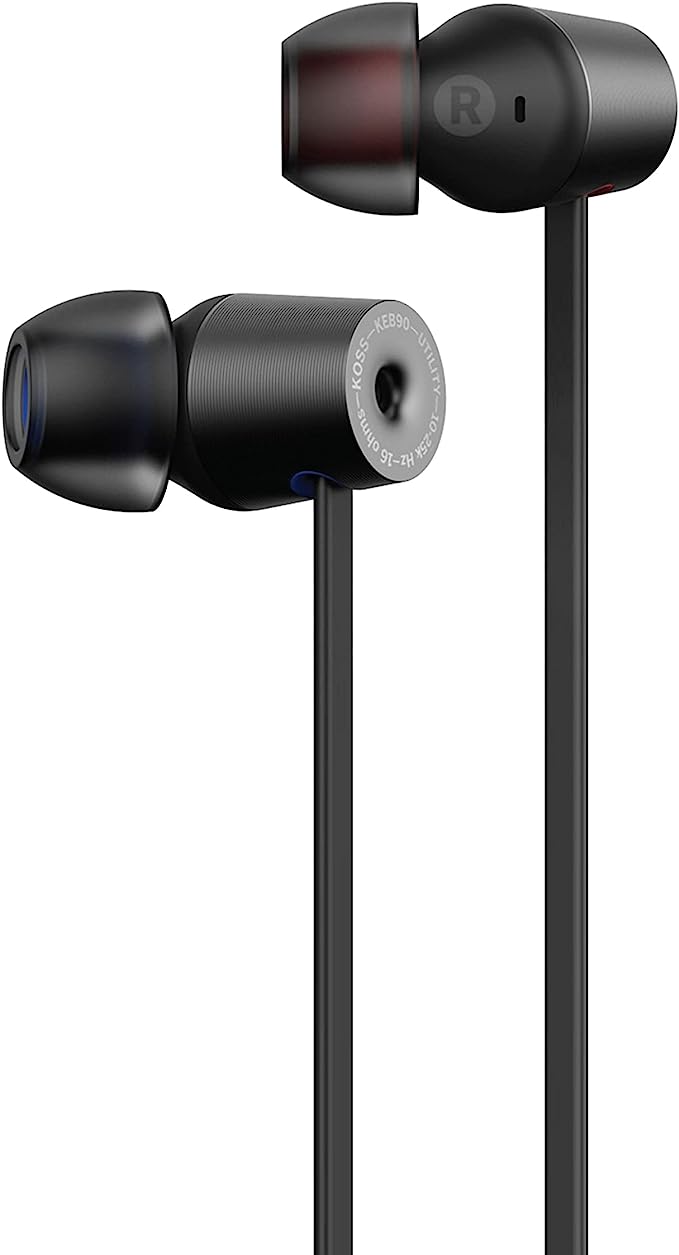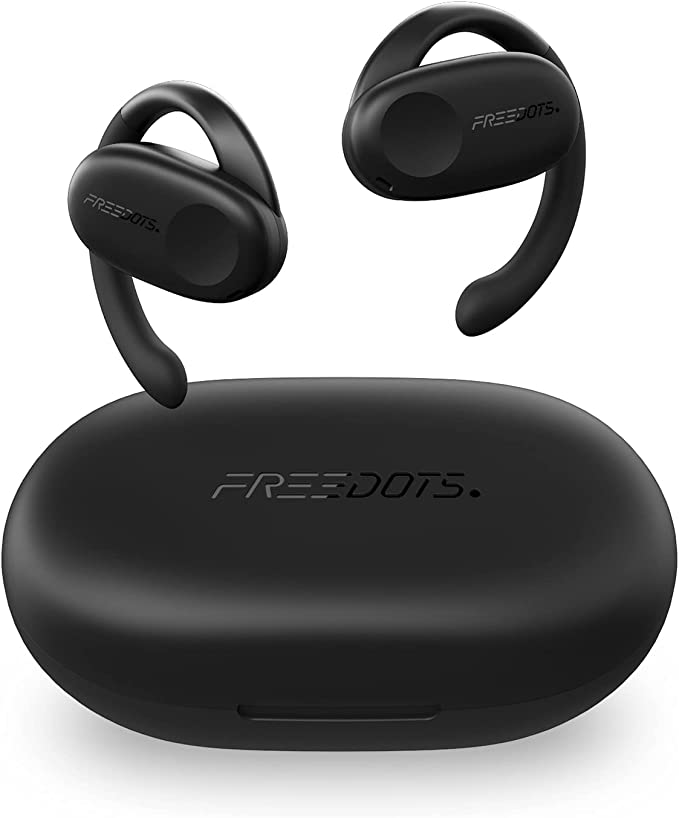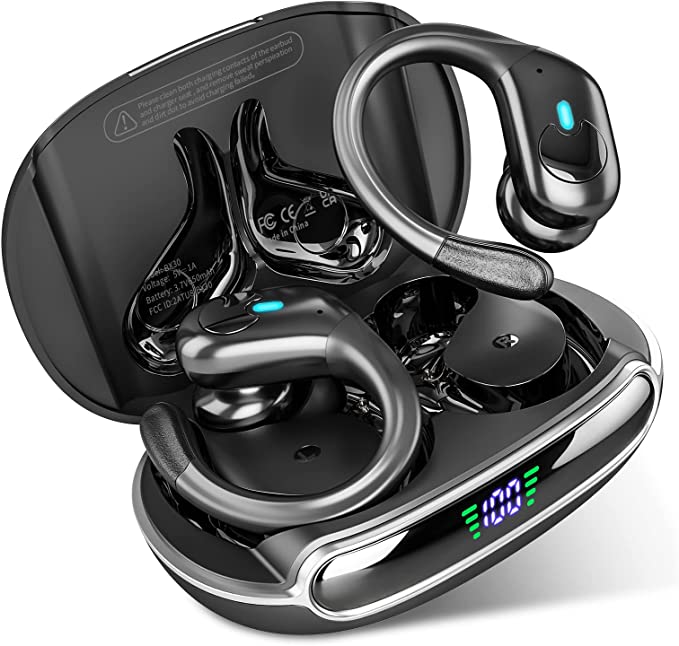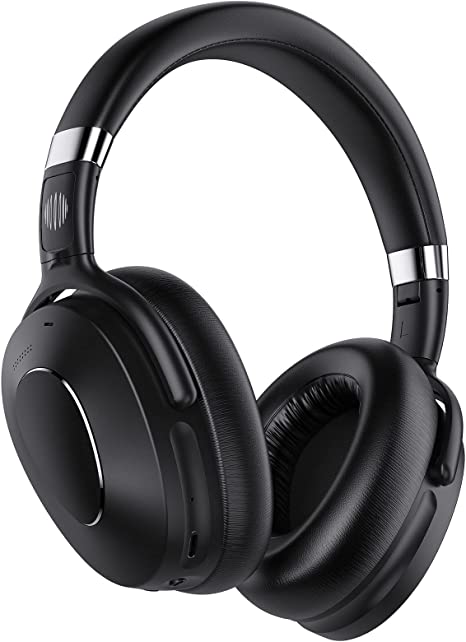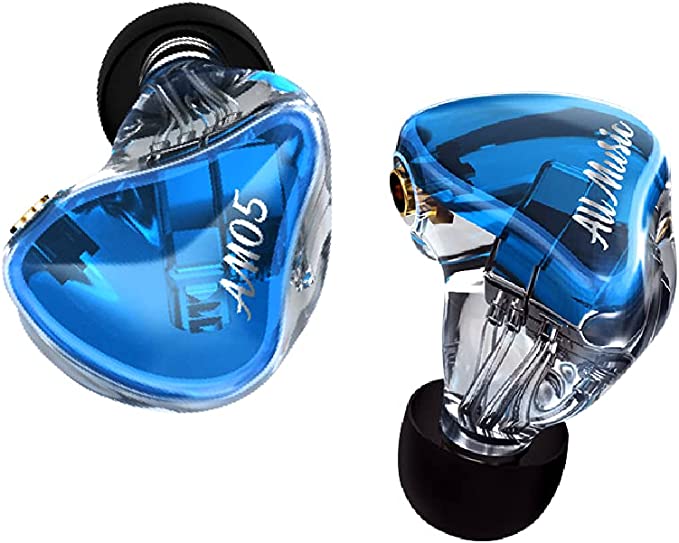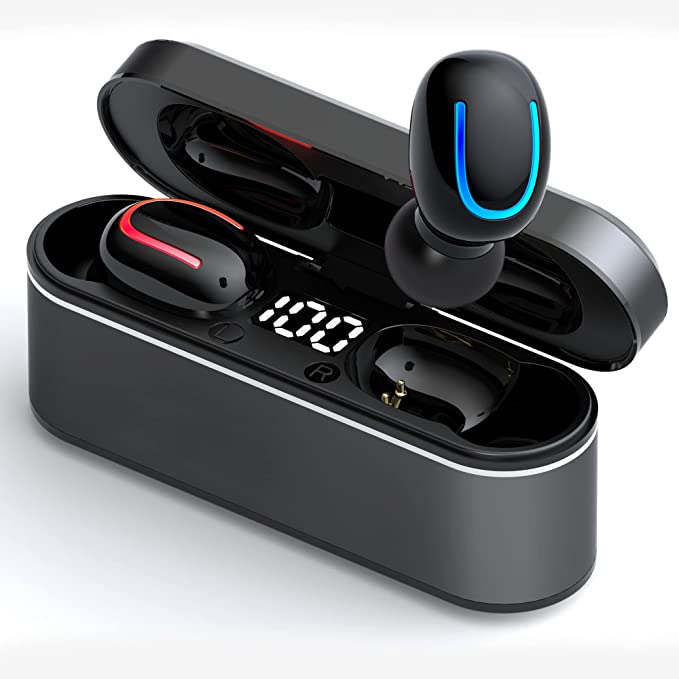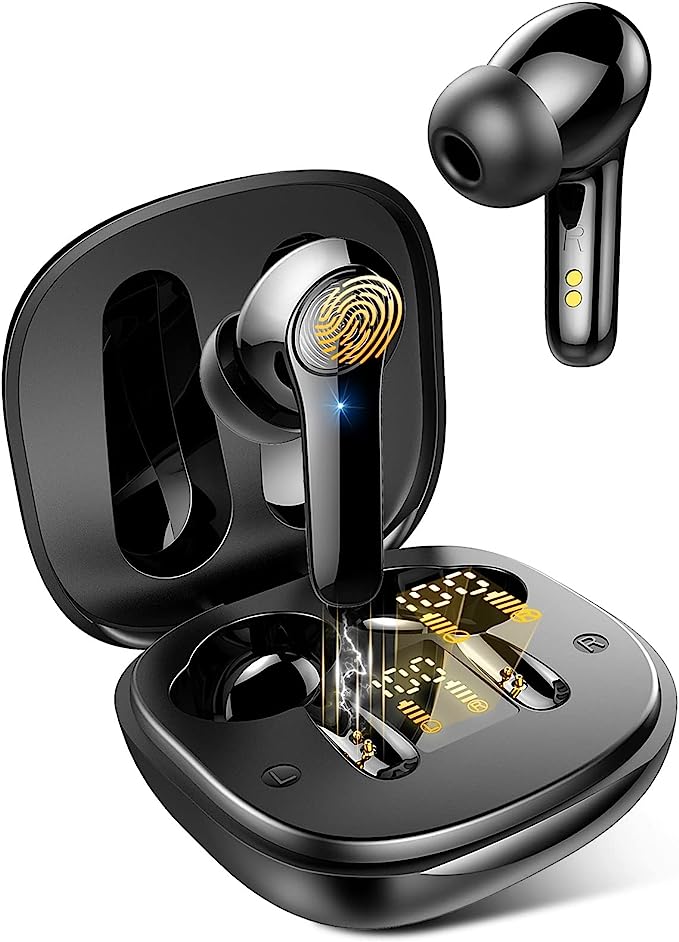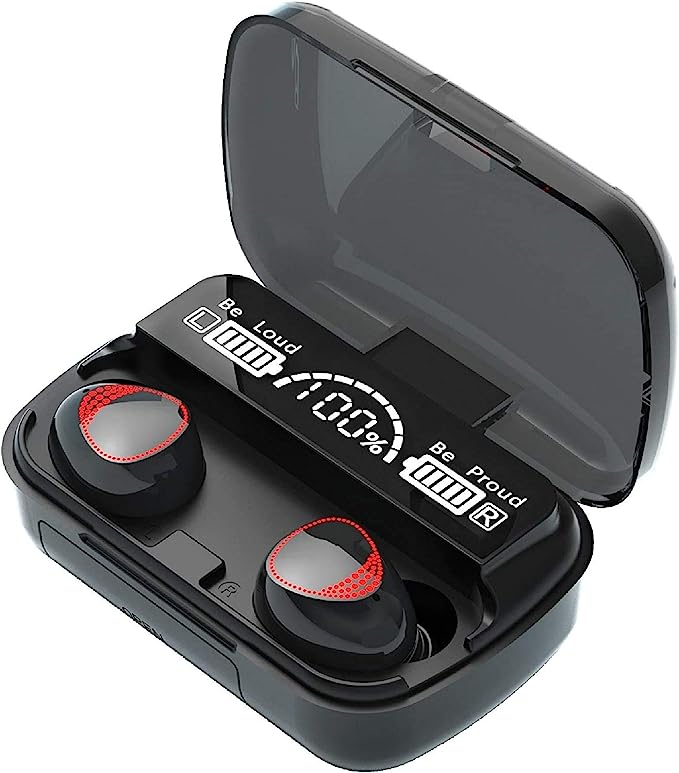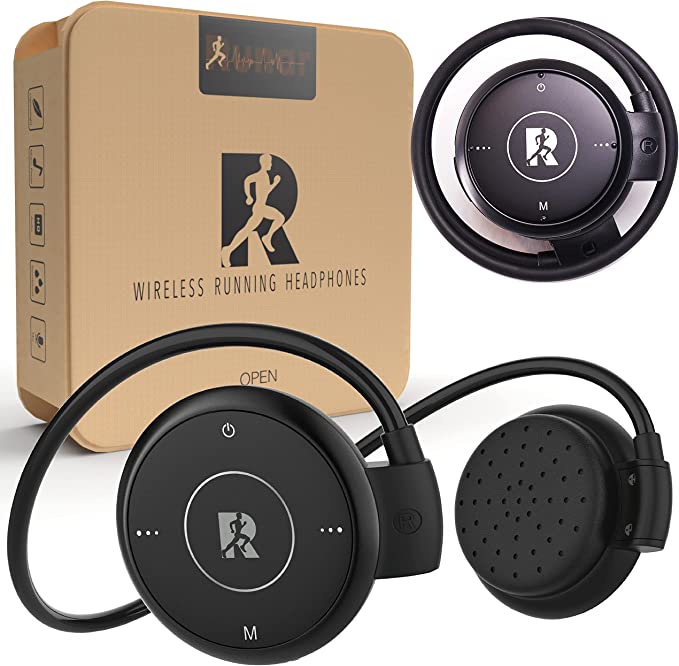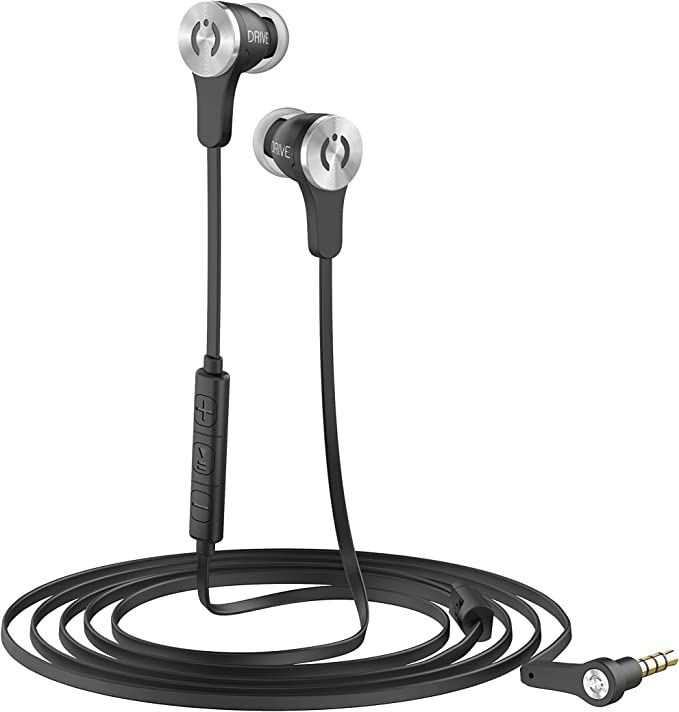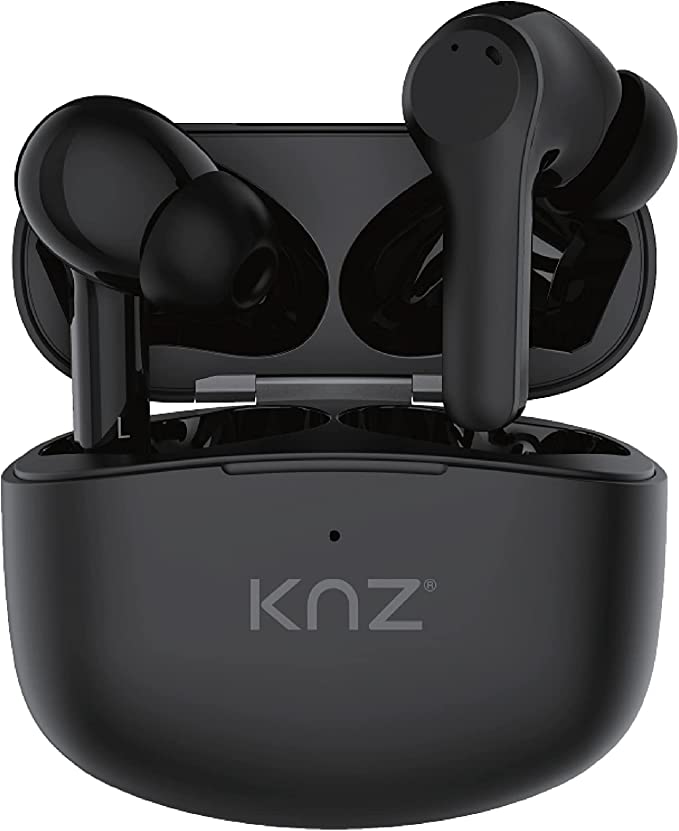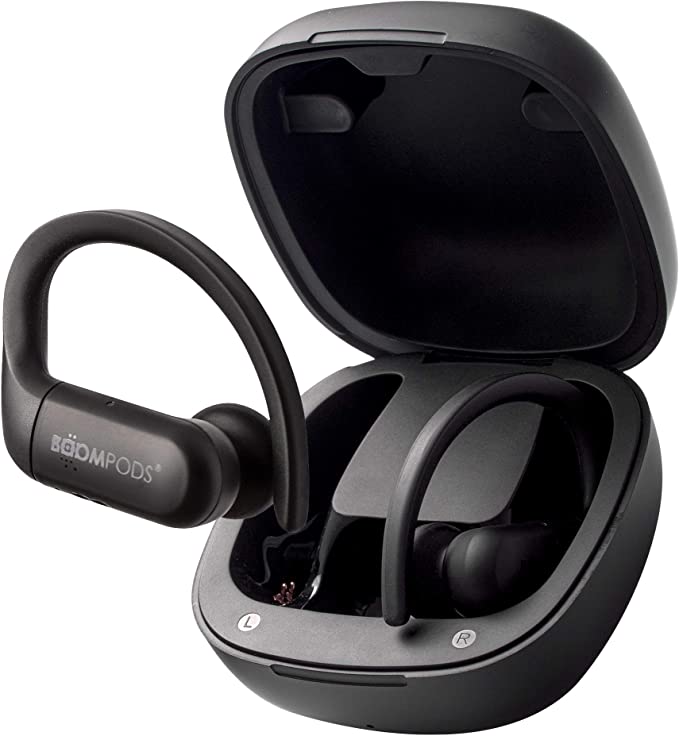Paddling with a Bad Back: Why a Hybrid SUP-Kayak Might Be Your Solution
Update on Oct. 26, 2025, 8:51 a.m.
A bad back, sore knees, stiff joints—they have a way of stealing the things we love. That ache in your lower back becomes a nagging voice that says, “Don’t lift that,” “You better not,” or “You’ll pay for that tomorrow.”
For many, this voice steals away the water.
Perhaps you were an avid kayaker, but you started to dread the process. Not the paddling itself, but the awkward, painful gymnastics of getting in and out. That feeling of being wedged into a plastic cockpit, needing to perform a deep squat and twist just to get back on the dock. It’s a move that makes your spine scream.
One user, Korry, perfectly described this exact problem. “I’m an older man with a bad back,” he wrote. “I love to kayak but had a hard time getting out of the kayak. This works great. You sit on top and it’s much easier to stand up.”
Korry’s story isn’t a fluke. It’s an ergonomic revelation. He discovered that the problem wasn’t his back; it was his equipment. He didn’t need to give up the water. He just needed a different kind of boat.
For many older adults, or anyone suffering from mobility or back issues, the rise of the “hybrid inflatable paddle board” is the answer they’ve been looking for. This new category of watercraft, which combines a kayak and a stand-up paddle board (SUP), fundamentally solves the problems that traditional boats create.

The Ergonomic Trap of Traditional Kayaks
From a physical therapist’s perspective, the traditional “sit-in” kayak is an ergonomic trap. The primary issue is the deep, cockpit-style seat. To get out, you must place your hands on the coaming behind you, hoist your entire body weight, and twist your torso—all while lifting your legs out of a deep well.
This “twist-and-lift” motion puts immense rotational stress (shear force) on your lumbar spine, particularly the L4/L5/S1 discs, which are the most common sites of injury. It’s a recipe for a muscle spasm or worse.
A sit-on-top kayak is better, but it still presents a core problem: weight. A stable, sit-on-top fishing kayak can weigh 60, 80, or even 100 pounds. It’s not a one-person job. This robs you of your independence.
The Hybrid Solution: A Platform for Accessibility
A hybrid inflatable SUP, like the 11.6-foot models that are becoming popular, is not a “performance” craft. It is a “platform” craft. It is designed from the ground up for stability and accessibility.
Here is why this design is a game-changer for anyone with a bad back.
1. The Weight Revolution: 17 lbs vs. 55 lbs
The first barrier to entry isn’t on the water; it’s in your garage. You can’t use what you can’t carry. Modern inflatable construction, like “Air-Tech Fusion Lite,” has created boards with hull weights as low as 17 pounds.
As another user, TC, noted, her old hybrid weighed 55 pounds. The switch to a 17-pound board was “amazing,” giving her complete independence.
For someone with a bad back, the ability to carry your entire boat to the water in one hand, without bracing your core or risking a strain, is not a luxury. It is the single most important feature. It gives you the dignity and freedom to go paddling whenever you want, without having to ask for help.
2. The Stability Factor: 35.5 Inches of Confidence
The second barrier is fear of falling. A typical, streamlined paddle board is 30-32 inches wide. It’s tippy and designed for speed.
A hybrid platform board is different. It is engineered for stability above all else. With widths of 35.5 inches or more and a 6-inch thickness, these boards are incredibly stable. They have so much volume and surface area that they are less like boards and more like floating docks.
This stability is your “confidence platform.” It means you don’t have to stand up. You can start by using it as a sit-on-top kayak, with a comfortable, elevated seat attached. You get all the joy of paddling, with zero fear of balancing.
3. The Ergonomic “Get-Up”
This is the solution to Korry’s problem. A hybrid board with a seat is a “sit-on-top” system. You are not in the craft; you are on it.
When you return to the dock, you are not performing a deep-squat-twist. You are simply moving from a seated position to a standing position, just like getting up from a low chair. You can put one foot on the dock and stand up.
If you are on a beach, you can simply swing your legs over and stand up.
And if you do decide to try standing, the ultra-stable platform (thanks to the 35.5-inch width) makes learning to stand up far less intimidating. You can go from sitting, to kneeling, to standing, all at your own pace. Paddling from a kneeling position is, by the way, a fantastic, low-impact way to engage your core muscles safely.

It’s Not About High Performance. It’s About “Getting Back.”
You will not win any races on a hybrid SUP. You will not be carving up ocean waves. That is not the point.
The point is to get back on the water. The point is to feel the sun, hear the water lapping against the hull, and feel the gentle pull of the paddle in your hands—all without paying for it with a week of back pain.
If you thought your paddling days were over, think again. Your body isn’t the problem; your equipment was. The solution is a boat that is light enough to carry, stable enough to trust, and easy enough to get off of. The solution is a hybrid.



